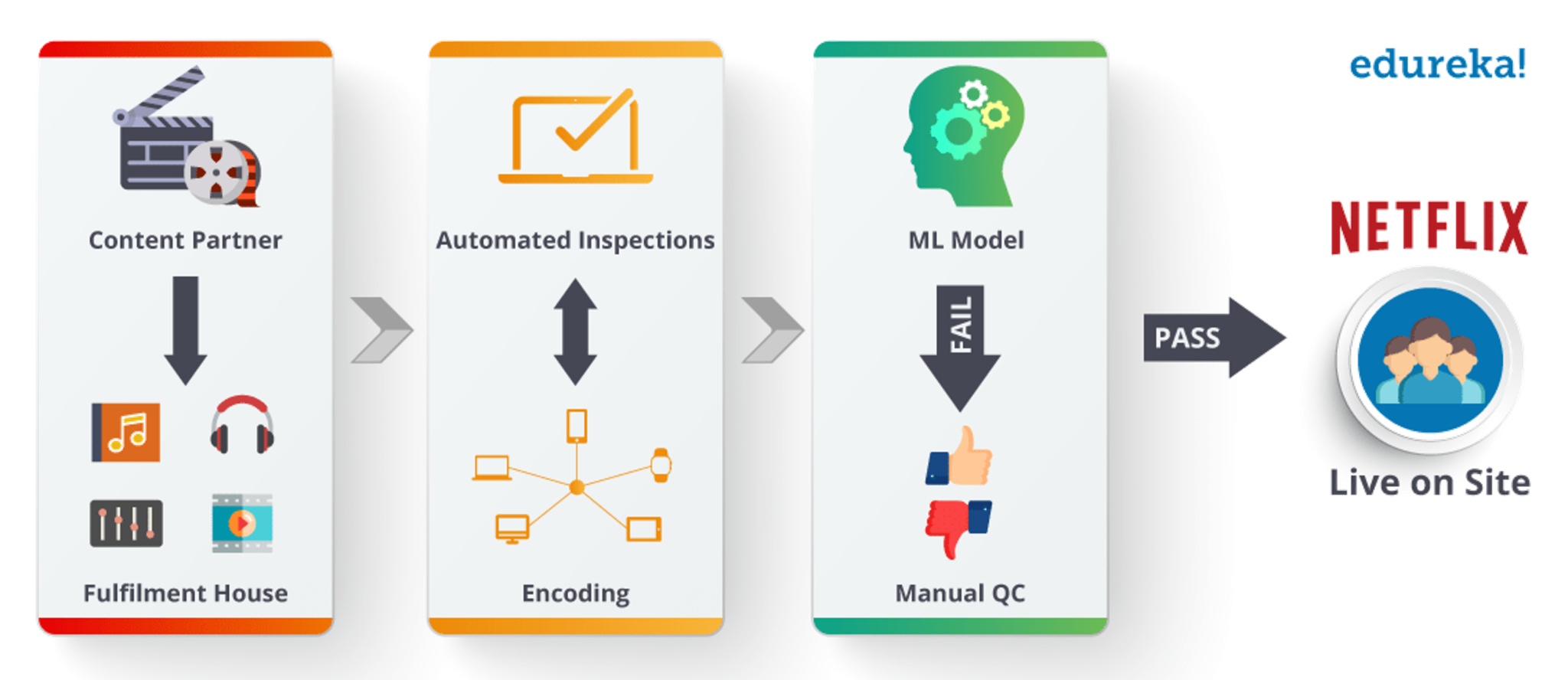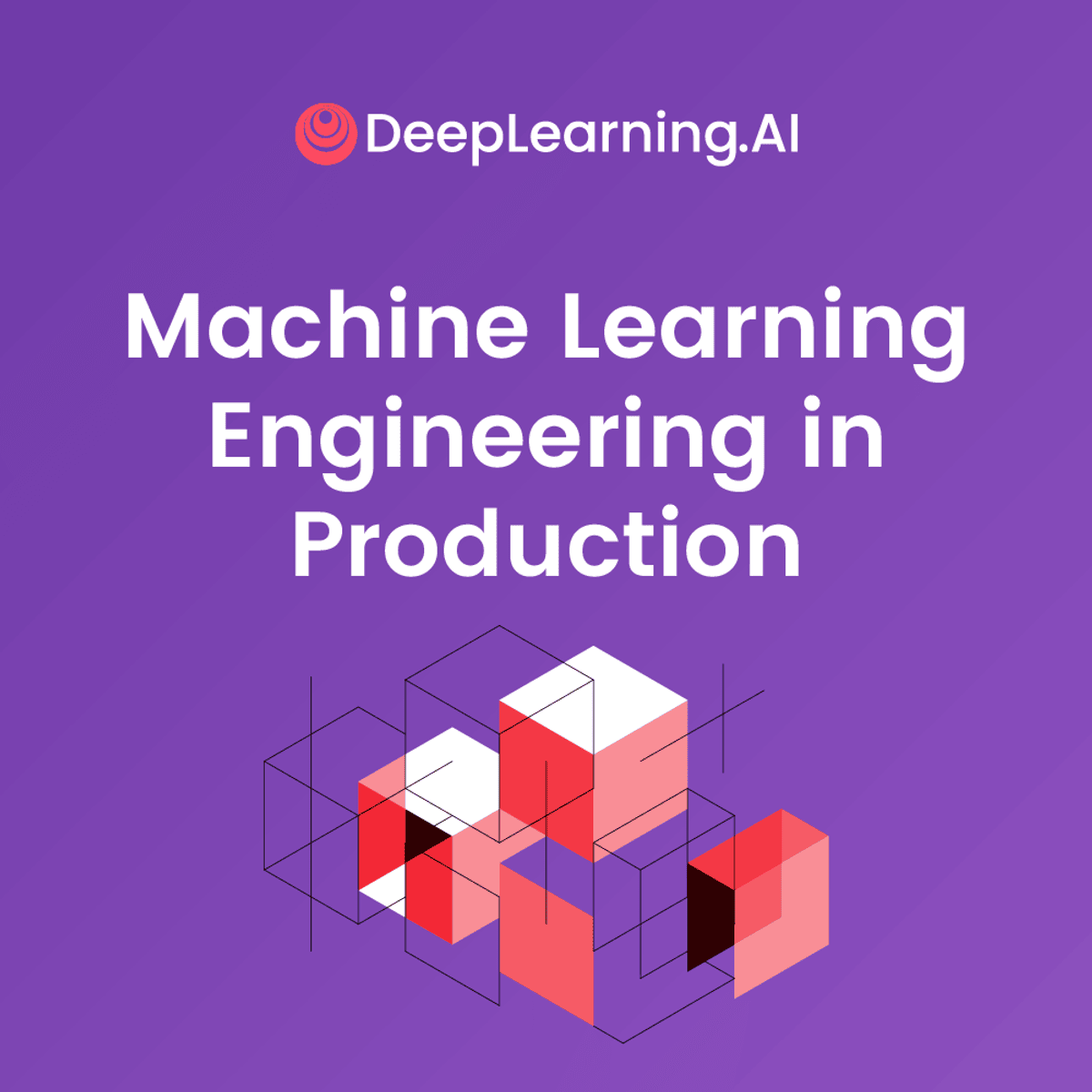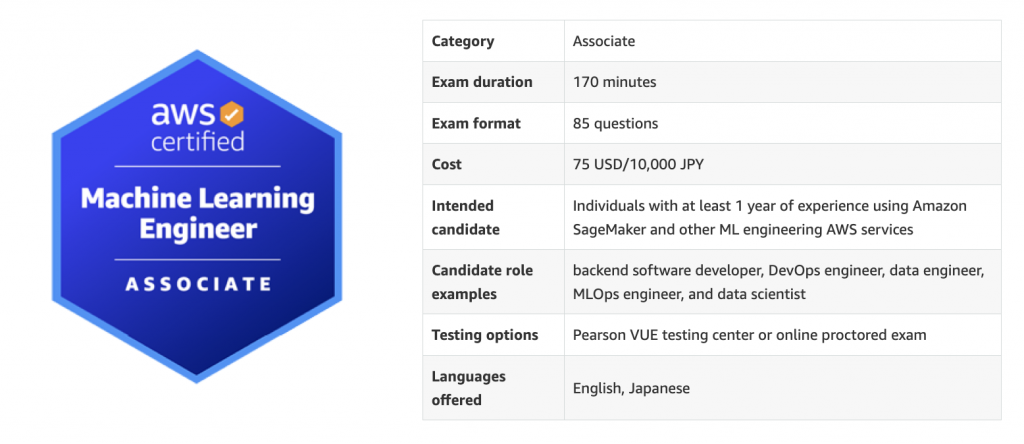All Categories
Featured
Table of Contents
- – Not known Details About How To Become A Machin...
- – An Unbiased View of Master's Study Tracks - Du...
- – Rumored Buzz on Machine Learning In Production
- – What Does Advanced Machine Learning Course Do?
- – Unknown Facts About What Does A Machine Lear...
- – 5 Easy Facts About Machine Learning Engineer...
You possibly recognize Santiago from his Twitter. On Twitter, everyday, he shares a great deal of practical points concerning artificial intelligence. Thanks, Santiago, for joining us today. Welcome. (2:39) Santiago: Thanks for welcoming me. (3:16) Alexey: Before we go right into our major subject of relocating from software engineering to artificial intelligence, possibly we can start with your history.
I began as a software application programmer. I went to college, obtained a computer technology level, and I started building software. I think it was 2015 when I made a decision to go for a Master's in computer science. At that time, I had no concept concerning artificial intelligence. I didn't have any kind of interest in it.
I understand you've been making use of the term "transitioning from software application engineering to maker learning". I such as the term "including in my capability the artificial intelligence skills" a lot more due to the fact that I think if you're a software program engineer, you are already offering a lot of value. By incorporating machine discovering now, you're augmenting the impact that you can have on the sector.
Alexey: This comes back to one of your tweets or possibly it was from your course when you contrast 2 techniques to understanding. In this case, it was some trouble from Kaggle about this Titanic dataset, and you just learn how to solve this trouble making use of a certain device, like decision trees from SciKit Learn.
Not known Details About How To Become A Machine Learning Engineer
You first discover mathematics, or direct algebra, calculus. When you recognize the mathematics, you go to equipment discovering theory and you find out the theory. Then four years later, you lastly involve applications, "Okay, just how do I make use of all these 4 years of math to resolve this Titanic issue?" Right? In the previous, you kind of save yourself some time, I believe.
If I have an electrical outlet below that I require replacing, I do not wish to go to university, invest four years comprehending the math behind electricity and the physics and all of that, simply to alter an electrical outlet. I would instead start with the electrical outlet and find a YouTube video clip that assists me undergo the trouble.
Santiago: I really like the concept of starting with a trouble, attempting to toss out what I know up to that issue and understand why it does not work. Order the tools that I need to address that trouble and begin excavating deeper and deeper and deeper from that factor on.
To ensure that's what I generally recommend. Alexey: Perhaps we can talk a little bit about learning sources. You discussed in Kaggle there is an intro tutorial, where you can get and learn just how to make choice trees. At the beginning, before we began this meeting, you stated a pair of books.
The only demand for that training course is that you know a little bit of Python. If you go to my profile, the tweet that's going to be on the top, the one that states "pinned tweet".
An Unbiased View of Master's Study Tracks - Duke Electrical & Computer ...

Even if you're not a programmer, you can start with Python and work your way to even more device knowing. This roadmap is concentrated on Coursera, which is a system that I truly, actually like. You can investigate every one of the courses totally free or you can spend for the Coursera membership to get certificates if you desire to.
That's what I would do. Alexey: This comes back to one of your tweets or possibly it was from your training course when you contrast two approaches to understanding. One approach is the trouble based method, which you simply talked around. You locate a trouble. In this case, it was some problem from Kaggle about this Titanic dataset, and you just find out how to resolve this issue using a details device, like choice trees from SciKit Learn.
You first learn mathematics, or straight algebra, calculus. When you understand the mathematics, you go to maker knowing concept and you discover the concept.
If I have an electric outlet below that I require changing, I do not wish to most likely to college, invest 4 years comprehending the math behind electrical power and the physics and all of that, just to transform an electrical outlet. I prefer to start with the outlet and find a YouTube video that aids me undergo the problem.
Bad example. You get the concept? (27:22) Santiago: I actually like the concept of beginning with a problem, trying to toss out what I understand up to that problem and understand why it does not work. Grab the tools that I require to address that problem and start digging much deeper and deeper and much deeper from that point on.
To make sure that's what I normally suggest. Alexey: Perhaps we can chat a bit regarding learning sources. You stated in Kaggle there is an intro tutorial, where you can get and find out exactly how to choose trees. At the beginning, prior to we started this meeting, you pointed out a pair of books as well.
Rumored Buzz on Machine Learning In Production
The only requirement for that training course is that you recognize a little bit of Python. If you go to my account, the tweet that's going to be on the top, the one that states "pinned tweet".
Also if you're not a designer, you can start with Python and work your means to more artificial intelligence. This roadmap is focused on Coursera, which is a platform that I actually, truly like. You can examine all of the training courses totally free or you can spend for the Coursera membership to obtain certifications if you intend to.
What Does Advanced Machine Learning Course Do?
Alexey: This comes back to one of your tweets or possibly it was from your program when you compare 2 techniques to learning. In this case, it was some trouble from Kaggle concerning this Titanic dataset, and you simply learn exactly how to address this trouble utilizing a certain tool, like decision trees from SciKit Learn.

You first learn math, or linear algebra, calculus. Then when you know the mathematics, you go to artificial intelligence concept and you find out the concept. After that four years later on, you ultimately involve applications, "Okay, just how do I utilize all these 4 years of math to fix this Titanic trouble?" ? In the former, you kind of save on your own some time, I believe.
If I have an electrical outlet below that I need changing, I do not desire to go to college, spend 4 years recognizing the mathematics behind electrical power and the physics and all of that, just to change an outlet. I prefer to start with the electrical outlet and locate a YouTube video that assists me undergo the issue.
Santiago: I actually like the concept of beginning with a trouble, attempting to toss out what I understand up to that problem and recognize why it doesn't work. Get the devices that I require to resolve that issue and begin excavating deeper and much deeper and much deeper from that point on.
That's what I generally suggest. Alexey: Maybe we can talk a bit about learning sources. You discussed in Kaggle there is an intro tutorial, where you can get and learn how to choose trees. At the beginning, before we started this meeting, you mentioned a number of publications also.
Unknown Facts About What Does A Machine Learning Engineer Do?
The only need for that program is that you recognize a little bit of Python. If you go to my account, the tweet that's going to be on the top, the one that says "pinned tweet".
Also if you're not a developer, you can start with Python and work your method to even more artificial intelligence. This roadmap is concentrated on Coursera, which is a system that I really, really like. You can investigate all of the courses for cost-free or you can pay for the Coursera membership to get certificates if you intend to.
That's what I would certainly do. Alexey: This returns to one of your tweets or maybe it was from your program when you contrast 2 strategies to discovering. One technique is the issue based technique, which you simply spoke about. You locate a trouble. In this case, it was some issue from Kaggle about this Titanic dataset, and you just find out exactly how to resolve this issue using a specific device, like decision trees from SciKit Learn.
You initially learn math, or direct algebra, calculus. When you understand the mathematics, you go to equipment learning theory and you learn the theory.
5 Easy Facts About Machine Learning Engineer: A Highly Demanded Career ... Shown
If I have an electrical outlet below that I need changing, I don't desire to go to university, spend four years recognizing the mathematics behind electrical energy and the physics and all of that, just to transform an electrical outlet. I prefer to begin with the electrical outlet and locate a YouTube video clip that helps me undergo the issue.
Santiago: I actually like the idea of starting with a trouble, attempting to throw out what I know up to that trouble and understand why it doesn't function. Order the devices that I require to address that trouble and start digging much deeper and deeper and much deeper from that factor on.

Alexey: Possibly we can chat a little bit about finding out sources. You discussed in Kaggle there is an introduction tutorial, where you can obtain and find out how to make decision trees.
The only demand for that course is that you know a little bit of Python. If you go to my profile, the tweet that's going to be on the top, the one that says "pinned tweet".
Also if you're not a programmer, you can start with Python and function your method to even more artificial intelligence. This roadmap is concentrated on Coursera, which is a platform that I actually, really like. You can investigate every one of the training courses free of cost or you can spend for the Coursera membership to obtain certificates if you intend to.
Table of Contents
- – Not known Details About How To Become A Machin...
- – An Unbiased View of Master's Study Tracks - Du...
- – Rumored Buzz on Machine Learning In Production
- – What Does Advanced Machine Learning Course Do?
- – Unknown Facts About What Does A Machine Lear...
- – 5 Easy Facts About Machine Learning Engineer...
Latest Posts
How To Prepare For Faang Data Engineering Interviews
Data Science Vs. Software Engineering Interviews – What’s The Difference?
What Are Faang Recruiters Looking For In Software Engineers?
More
Latest Posts
How To Prepare For Faang Data Engineering Interviews
Data Science Vs. Software Engineering Interviews – What’s The Difference?
What Are Faang Recruiters Looking For In Software Engineers?